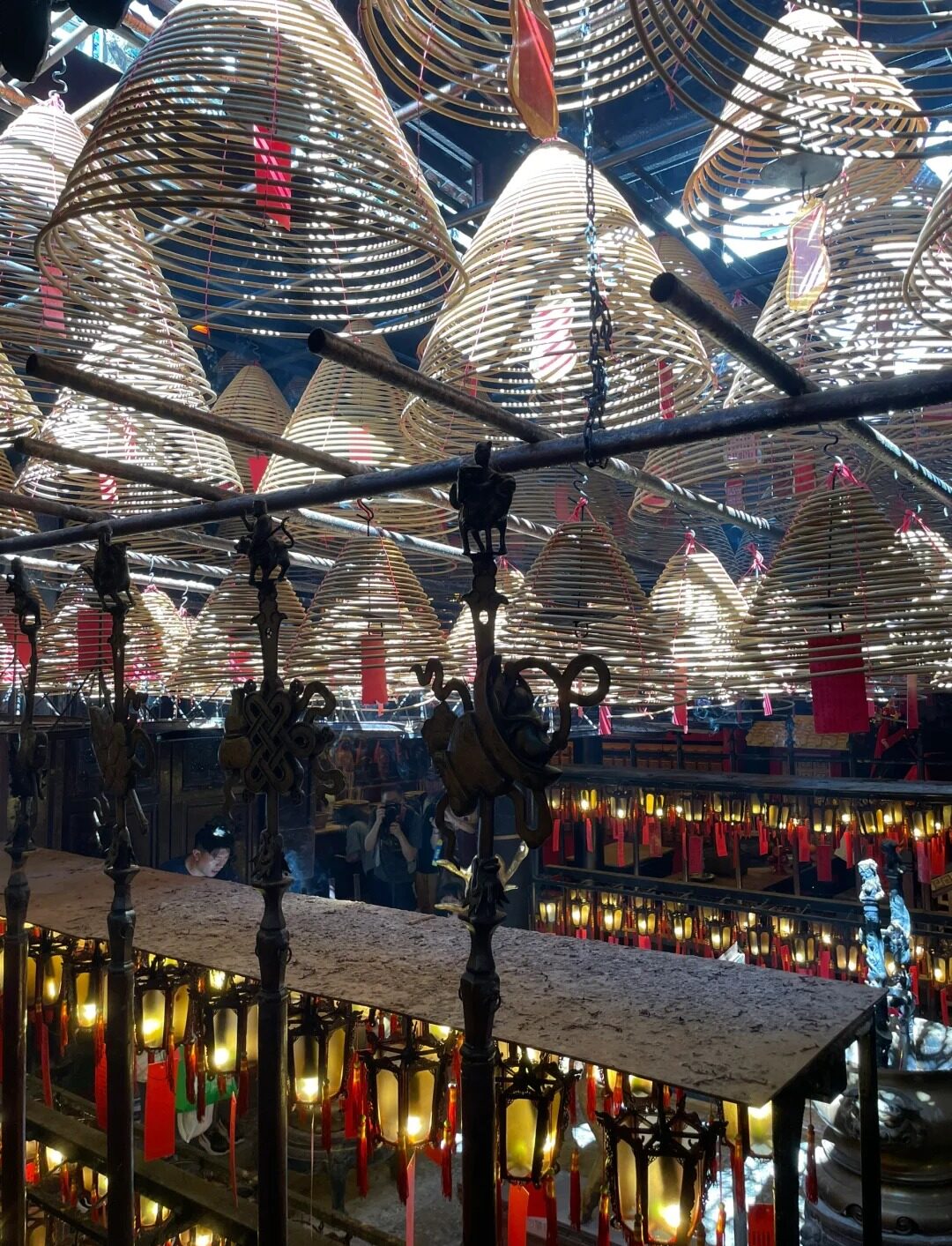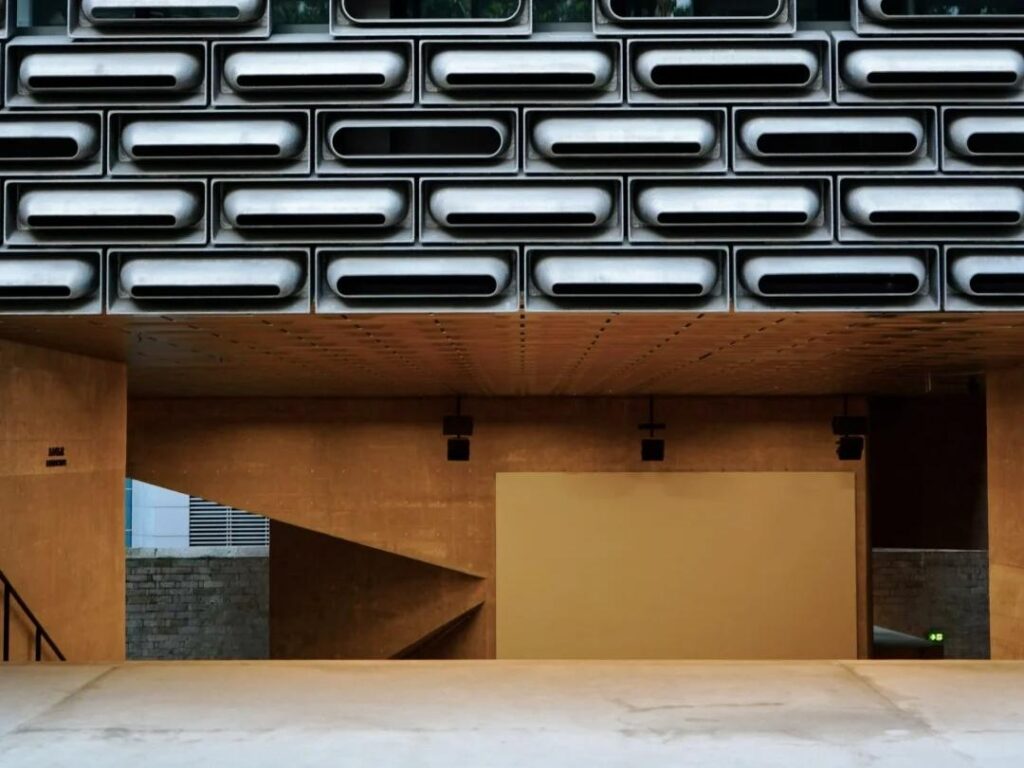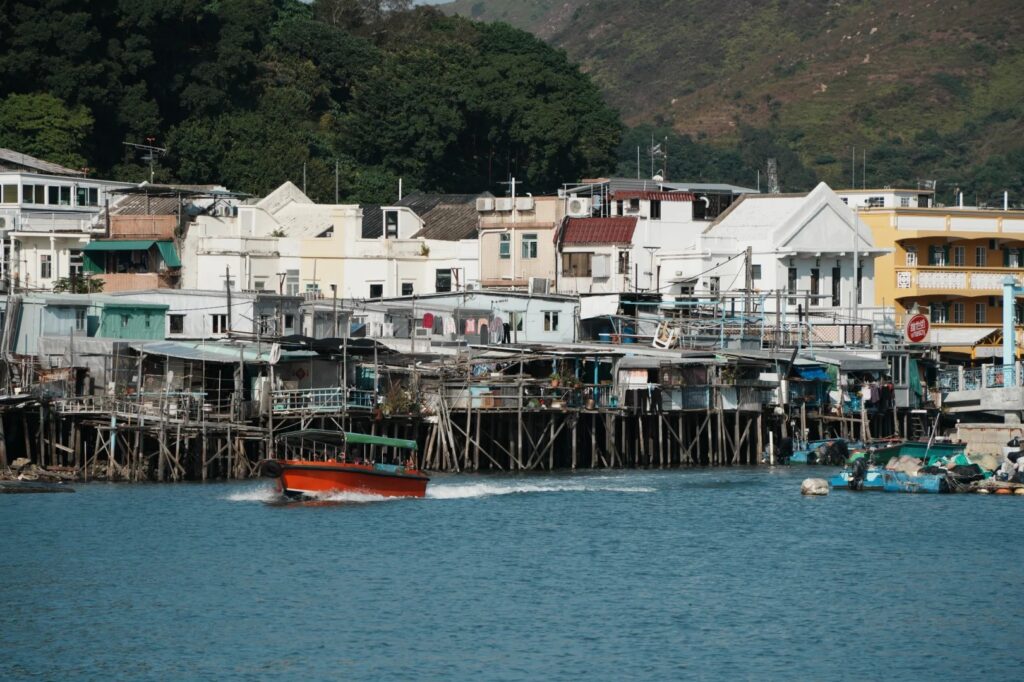Visiting Information
| Information | Details |
|---|---|
| Chinese Name | 文武廟 (Man Mo Miu) |
| Location and Address | 124-126 Hollywood Road, Sheung Wan, Hong Kong |
| Opening Time/Hours | 8:00 AM – 6:00 PM daily |
| Entrance Fee | Free |
| How to Get There | By Metro: Take the MTR to Sheung Wan Station, Exit A2. Walk along Hollywood Road for about 10 minutes. By Bus: Take bus 26 or 91 to Hollywood Road. By Taxi: Tell the driver “Man Mo Temple” or “Hollywood Road, Sheung Wan”. |
| Best Time for Visit | Early morning or late afternoon to avoid crowds. October to December for pleasant weather. |
| Contact Info | Tel: +852 2540 0350 |
Overview
Man Mo Temple is one of Hong Kong’s oldest and most revered temples, dedicated to the gods of literature (‘Man’) and war (‘Mo’). Built in 1847 during the Qing Dynasty, this temple complex serves as a stunning example of traditional Chinese architecture and remains an important center of worship for the local community. Located in the bustling Sheung Wan district, the temple offers visitors a peaceful retreat and a glimpse into Hong Kong’s rich cultural heritage.
Historical Background
Man Mo Temple was constructed in 1847 by wealthy Chinese merchants during the early years of British colonial rule in Hong Kong. It was built to honor the God of Literature (Man Cheong) and the God of War (Mo Tai), both of whom were worshipped by students seeking success in the civil examinations of Imperial China. The temple also served as a court of arbitration for local disputes before the establishment of modern judicial systems. Throughout its history, Man Mo Temple has played a significant role in the local community, serving as a place of worship, a center for cultural activities, and a symbol of Chinese traditions in Hong Kong. Despite the rapid modernization of the surrounding area, the temple has been carefully preserved, maintaining its original structure and atmosphere.
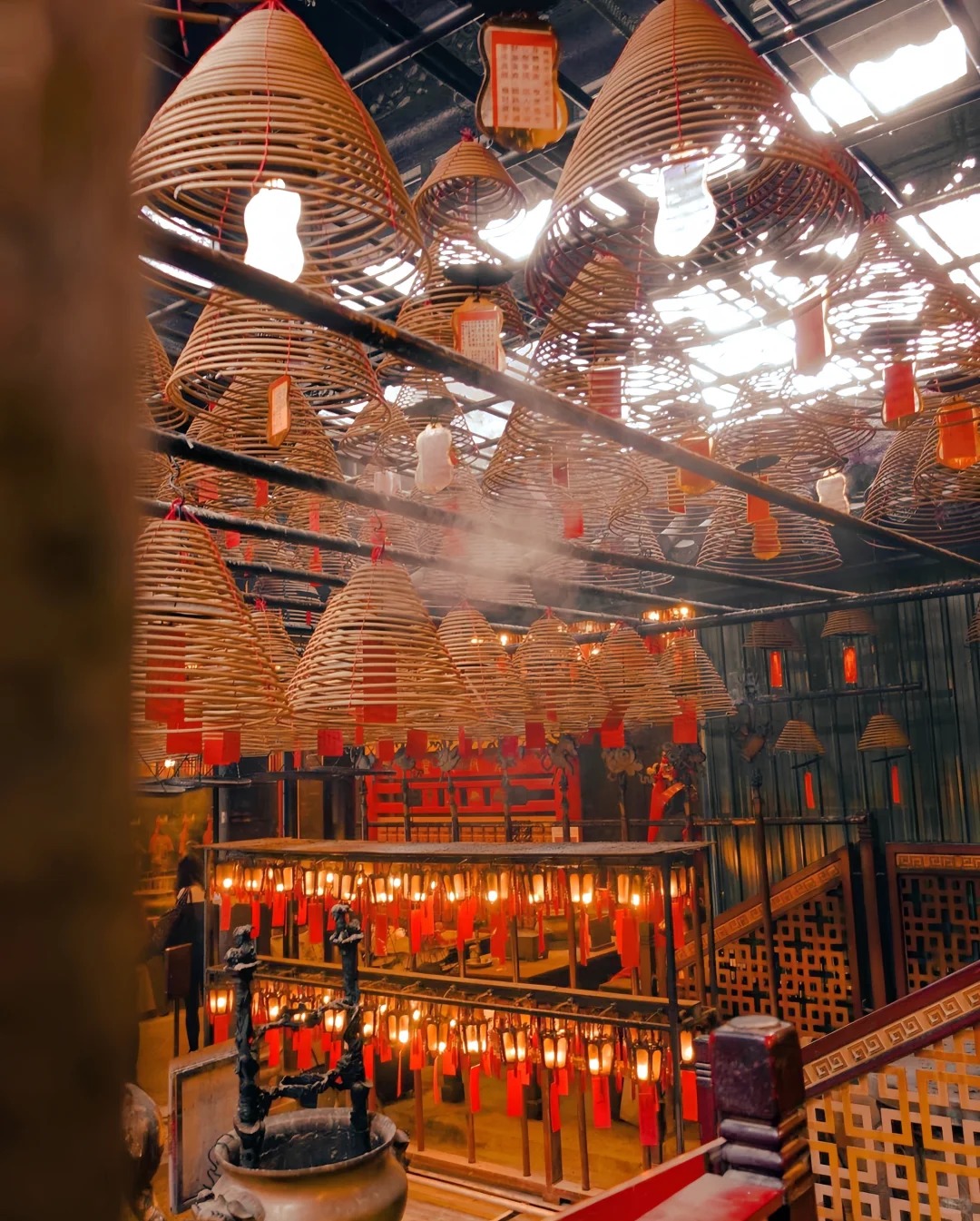
Architectural Features
- Main Temple Hall: The central hall of Man Mo Temple is its most impressive feature. The hall houses the main altars dedicated to Man Cheong and Mo Tai. The interior is richly decorated with intricate wood carvings, gilded surfaces, and vibrant colors typical of Qing Dynasty architecture. Large spiral incense coils hang from the ceiling, filling the air with fragrant smoke and creating a mystical atmosphere.
- Lit Shing Kung: This hall, also known as the “Hall of All Saints,” is dedicated to various other Chinese deities. It features numerous statues and altars, each representing different aspects of Chinese folk religion. The hall showcases the syncretism of Chinese religious beliefs, incorporating elements of Buddhism, Taoism, and local traditions.
- Kung Sor: Originally serving as a community hall and a court of justice for the Chinese community during the early colonial period, the Kung Sor now houses historical relics and informational displays about the temple’s history and cultural significance. Its architecture reflects a blend of Chinese and Western influences, symbolizing Hong Kong’s unique cultural identity.
Cultural Importance
Man Mo Temple holds immense cultural importance in Hong Kong as a symbol of traditional Chinese values and beliefs. It represents the preservation of cultural heritage amidst rapid modernization and serves as a link to Hong Kong’s past. The temple is not only a place of worship but also a center for community gatherings and cultural events. It plays a significant role in educating younger generations about Chinese traditions and history. The continued popularity of Man Mo Temple among both locals and tourists demonstrates the enduring relevance of traditional beliefs in contemporary Hong Kong society. Additionally, the temple’s status as a declared monument underscores its historical and architectural significance in the context of Hong Kong’s cultural landscape.
Surrounding Attractions
- Hollywood Road: This historic street, where Man Mo Temple is located, is known for its antique shops, art galleries, and trendy cafes. Visitors can explore a mix of old and new, from traditional Chinese artifacts to contemporary art pieces. The street offers a unique shopping experience and a glimpse into Hong Kong’s evolving cultural scene.
- Cat Street Market: Located on Upper Lascar Row, just a short walk from Man Mo Temple, Cat Street Market is a famous antique market. It’s an excellent place to browse for curios, vintage items, and souvenirs. The market’s lively atmosphere and eclectic mix of goods make it a popular spot for both locals and tourists.
- PMQ: Formerly the Police Married Quarters, PMQ is now a creative hub showcasing local design talent. Located in Central, it’s within walking distance from Man Mo Temple. The complex houses design studios, shops, and exhibitions, offering visitors a taste of Hong Kong’s contemporary creative scene.
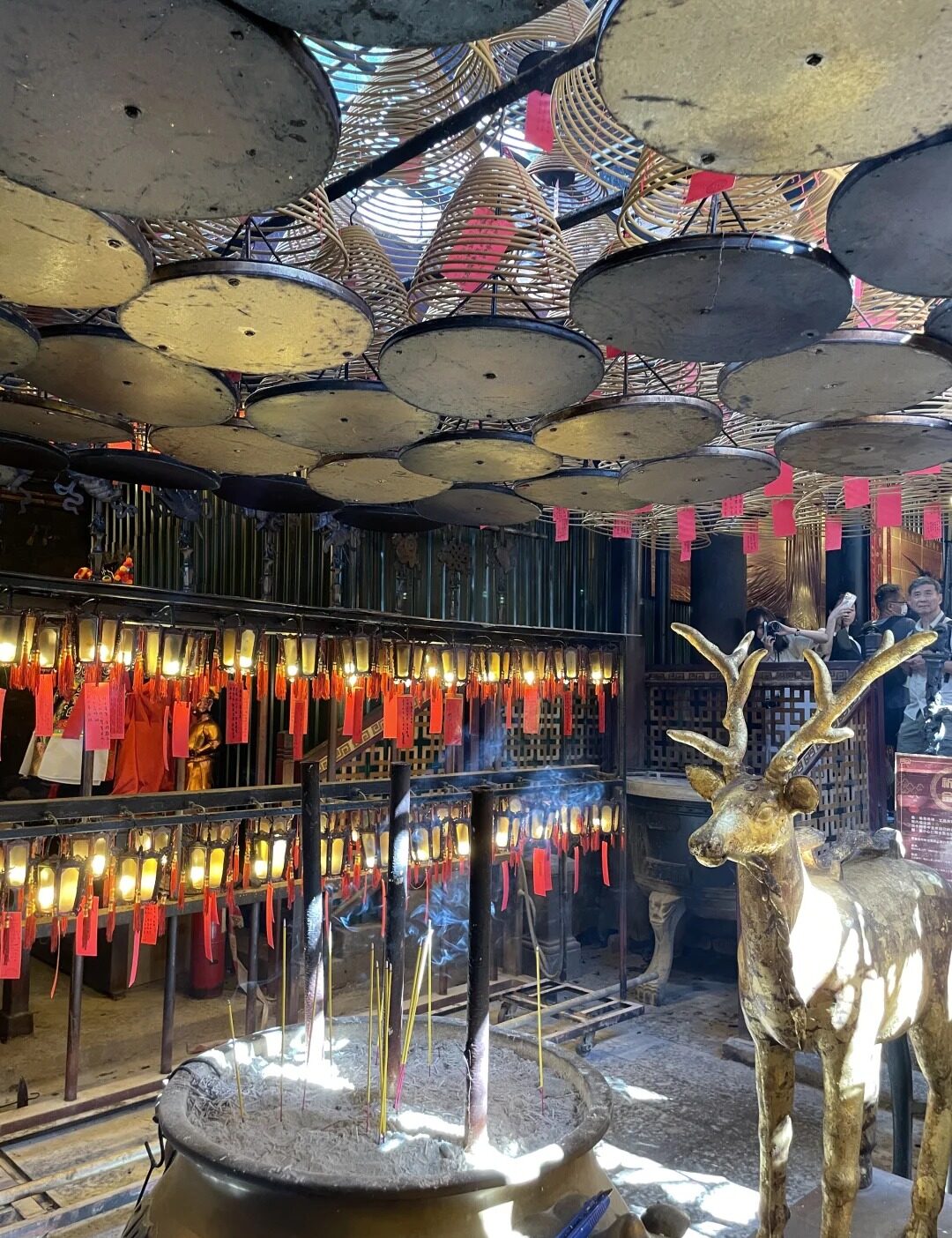
Photography Opportunities
- Incense Coils: The large spiral incense coils hanging from the ceiling of the main hall create a mesmerizing visual effect. The smoke rising from these coils adds a mystical atmosphere to photographs, especially when light streams through the temple windows, creating dramatic light rays through the haze.
- Architectural Details: The temple’s intricate architectural features provide numerous opportunities for detail shots. From the ornate roof decorations to the colorful altars and wood carvings, there are many elements that showcase traditional Chinese craftsmanship. The contrast between the temple’s traditional architecture and the modern city visible through its doors and windows can also create compelling images.
- Worshippers and Rituals: With permission and respect, photographers can capture the living traditions of the temple. Images of worshippers lighting incense, making offerings, or engaging in prayer rituals can provide a glimpse into the temple’s ongoing cultural significance. The juxtaposition of traditional practices against the backdrop of a modern city can create powerful visual narratives.
- Exterior and Streetscape: The temple’s exterior, with its traditional Chinese architecture set against the backdrop of Hong Kong’s urban landscape, offers interesting compositional possibilities. The bustling Hollywood Road in front of the temple provides opportunities for street photography that captures the blend of old and new that characterizes much of Hong Kong.
Modern Importance
- Cultural Preservation: Man Mo Temple serves as a vital link to Hong Kong’s past, preserving traditional Chinese religious practices and architectural styles. In a city known for its rapid development and modernization, the temple stands as a testament to Hong Kong’s commitment to maintaining its cultural heritage. It provides a tangible connection to the city’s history for both locals and visitors.
- Educational Resource: The temple functions as an important educational resource, offering insights into Chinese religious beliefs, traditional architecture, and Hong Kong’s colonial history. School groups and tourists visit the temple to learn about these aspects of Chinese culture, making it a valuable site for cultural education and exchange.
- Community Center: Despite Hong Kong’s modernization, Man Mo Temple continues to play a significant role in the local community. It remains an active place of worship, particularly for students seeking blessings for academic success. The temple also serves as a gathering place for community events and traditional festivals, helping to maintain social cohesion and cultural identity.
- Tourist Attraction: As one of Hong Kong’s most iconic temples, Man Mo Temple is a major draw for international tourists. Its inclusion in many city tours and guidebooks contributes to Hong Kong’s tourism industry, helping to showcase the city’s rich cultural heritage to a global audience. The temple’s popularity helps support the local economy and promotes cultural tourism in Hong Kong.
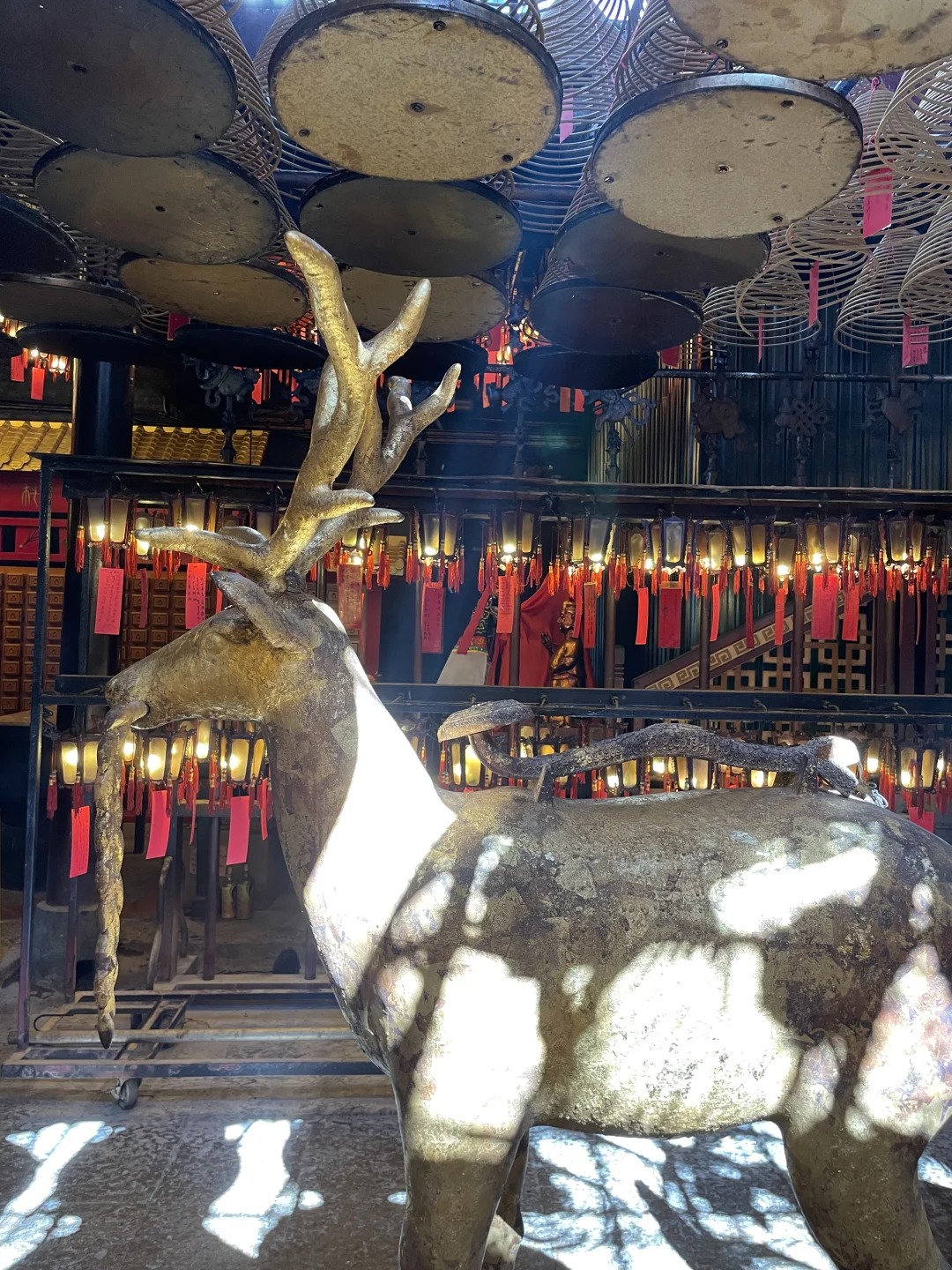
FAQ
- What is Man Mo Temple famous for?
Man Mo Temple is famous for its dedication to the gods of literature and war, its historical significance in Hong Kong, and its well-preserved traditional Chinese architecture. - What’s inside Man Mo Temple?
Inside Man Mo Temple, you’ll find altars dedicated to the gods Man Cheong and Mo Tai, intricate wood carvings, large spiral incense coils hanging from the ceiling, and various artifacts related to Chinese folk religion. - Is Man Mo Temple free?
Yes, entrance to Man Mo Temple is free. - Is Man Mo Temple worth visiting?
Yes, Man Mo Temple is worth visiting for its historical significance, beautiful architecture, and as a peaceful retreat in the bustling city of Hong Kong. - What to do in Man Mo Temple?
In Man Mo Temple, you can observe or participate in worship rituals, admire the traditional architecture and decorations, learn about Chinese folk religion, and enjoy a moment of tranquility amidst the busy city. - How do I get to Man Mo Temple in the local city?
In Hong Kong, you can reach Man Mo Temple by taking the MTR to Sheung Wan Station (Exit A2) and walking along Hollywood Road for about 10 minutes. Alternatively, you can take bus 26 or 91 to Hollywood Road. - How to visit Man Mo Temple?
To visit Man Mo Temple, arrive during opening hours (8:00 AM – 6:00 PM daily), dress respectfully, and maintain a quiet demeanor inside the temple. You can explore the main hall and other areas at your own pace. Consider visiting early in the morning or late afternoon to avoid crowds. Photography is generally allowed, but be mindful of worshippers and any posted restrictions.


